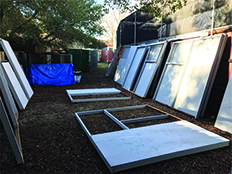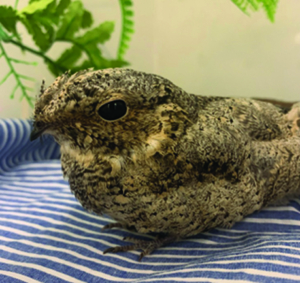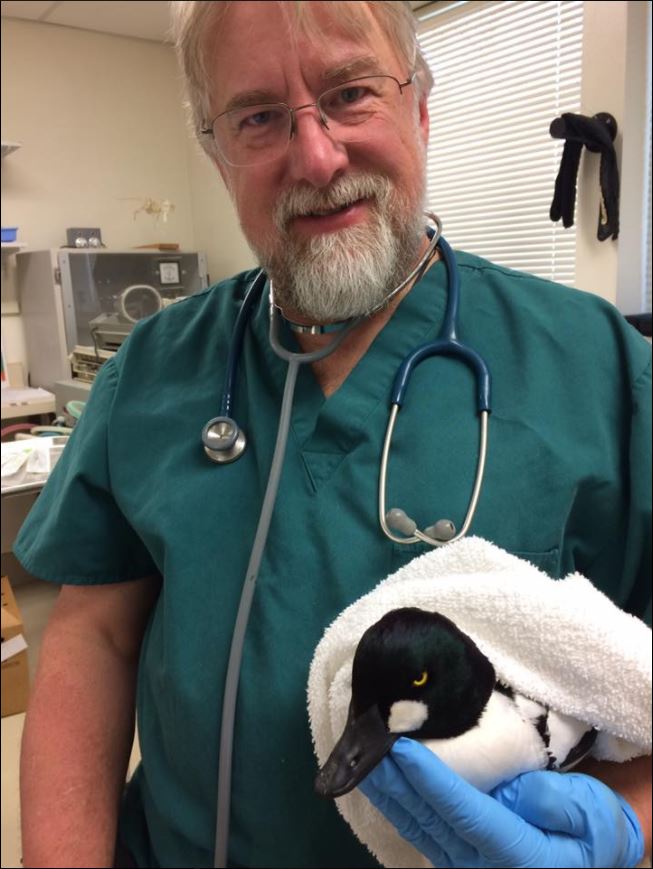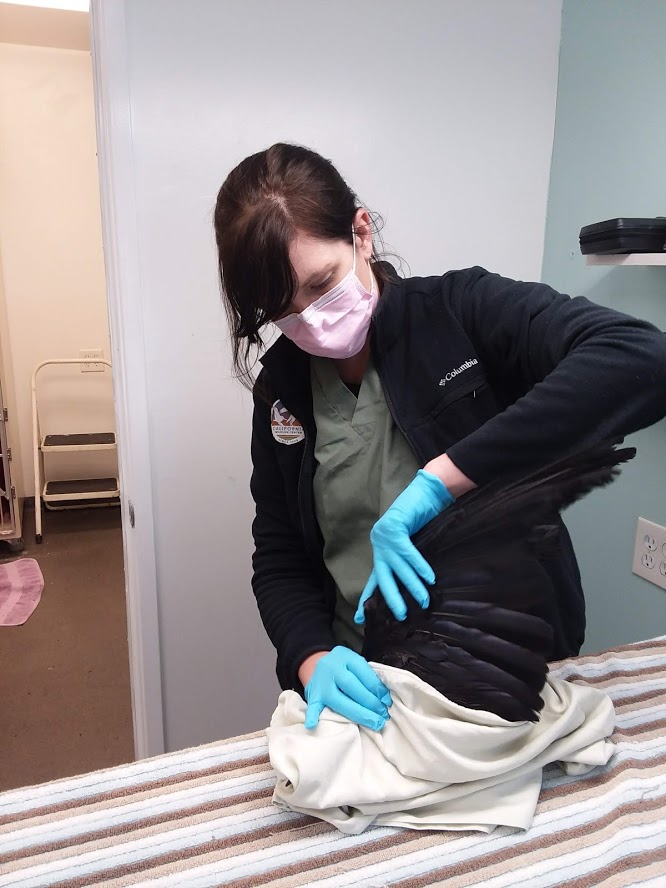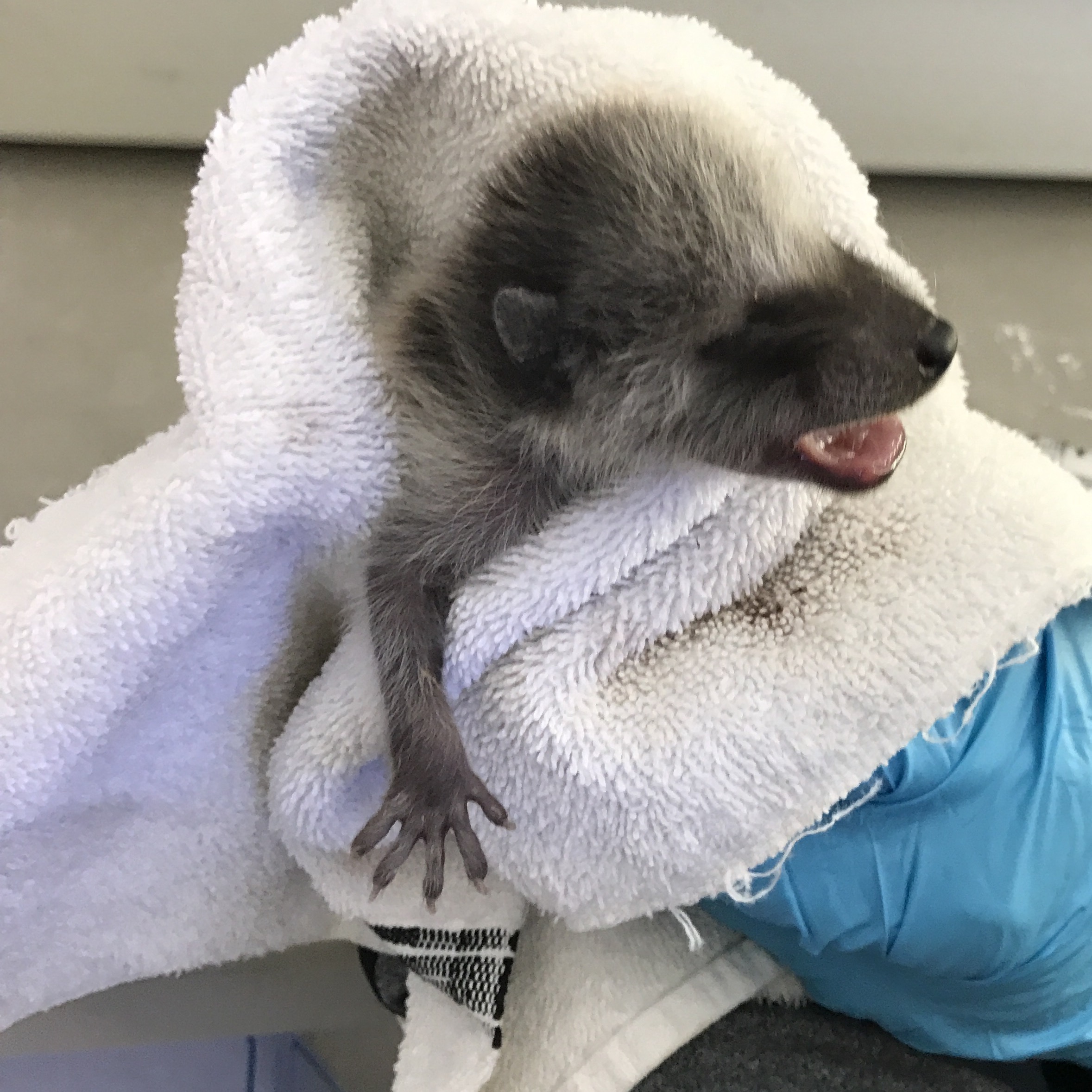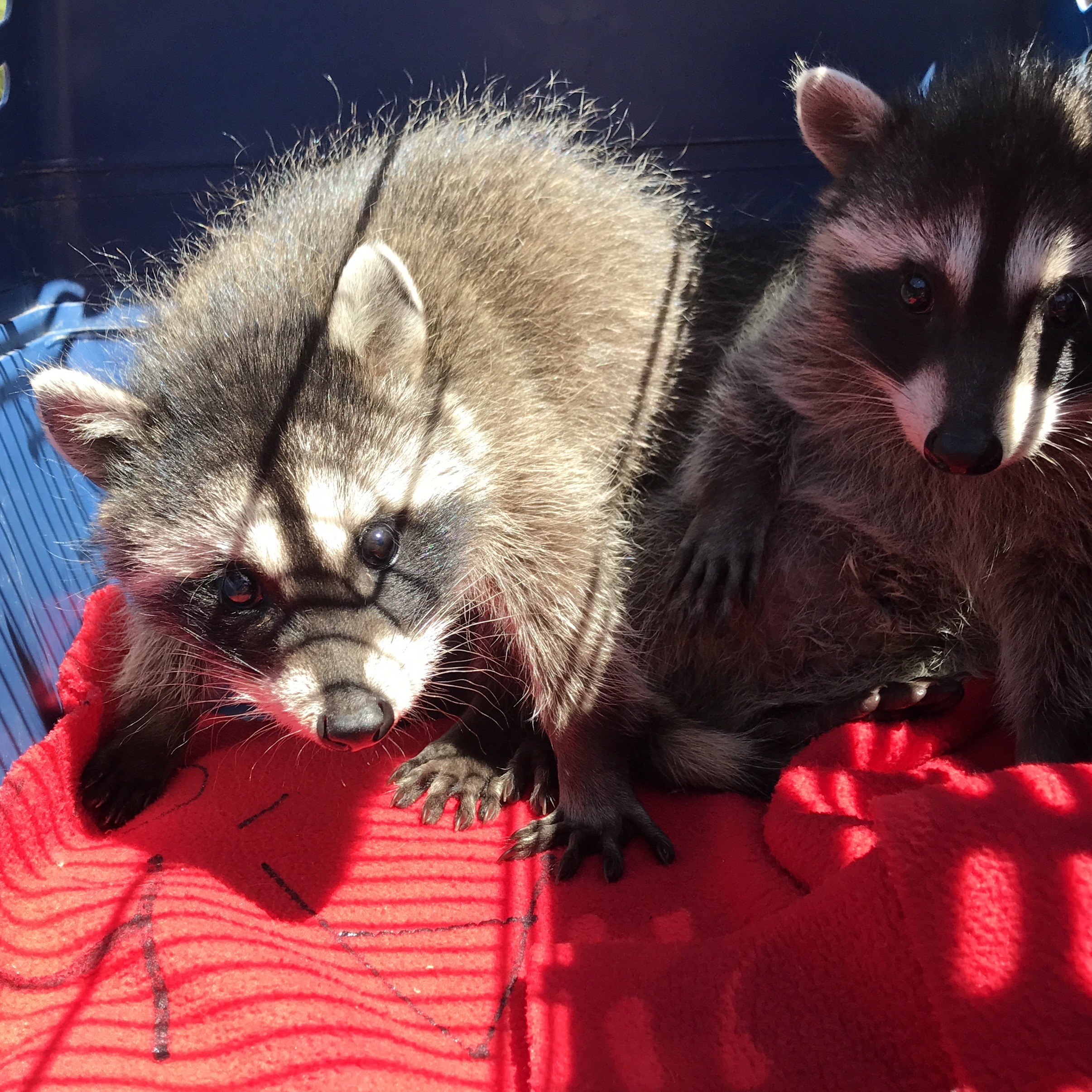Marine Mammal Department Enhances the Training Program for Volunteers
By Heather Henderson, Marine Program Manager
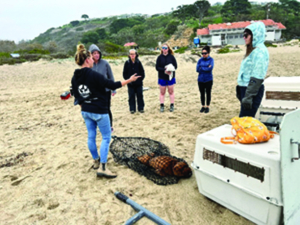
Photo by Kristilee Kodis
CWC responds to hundreds of distressed marine mammals along the Malibu coastline each year, performing rescues when appropriate. The strength and backbone of the program stems from our team of devoted volunteers. Without their countless hours of demanding work, our ability to efficiently investigate reports and care for in-house patients would be hindered. Thus, the higher the skillset of team volunteers, the greater the number of distressed animals that can be offered assistance. Additionally, the experience becomes more rewarding for the individual.
Early fall 2021, we were ecstatic to rollout our new training program for marine mammal volunteers! Historically there was a protocol manual to read and opportunistic observation of skills. Now, for a dozen of the more complex topics, we are implementing interactive training sessions followed by videos for review of each topic to help maintain skills during the slower “off-season”. The first topic covered was RESCUE. This three-hour on-site session included a group presentation followed by skills practice on location. Running drills at the beach while using the same equipment implemented during live animal calls enabled the re-creation of real-life scenarios.
One of the most important variations we practiced was how to adjust a response technique for different species. There are five species of pinnipeds (seals and sea lions) in SoCal. Most years we see three or four of them, however in 2021 our team responded to all five pinniped species, which only happened one other time in our 23-year history. The marine mammal rescue team also responded to eighteen other species including dolphins, marine birds – shore birds and offshore pelagic birds and a sea turtle. Having the opportunity to practice these augmentations in approach is invaluable to prepare new team members for challenges to come, while refreshing skills for veterans and forging bonds between them.
With the success of our fall rollout, the marine program staff is looking forward to continuing in 2022.

